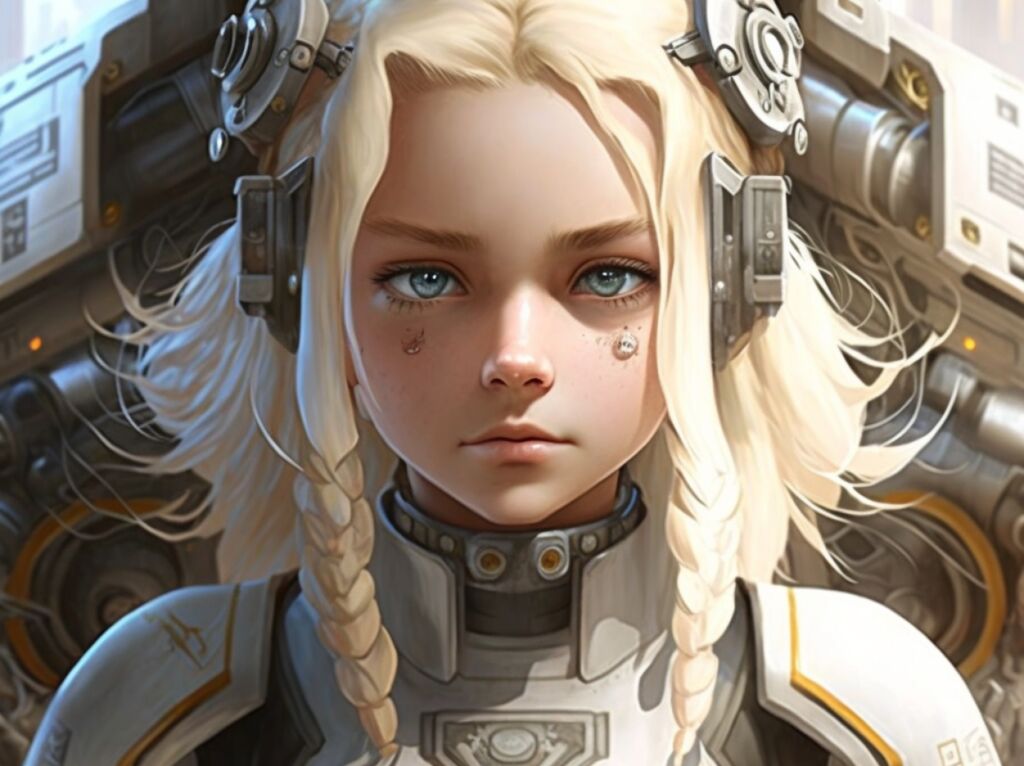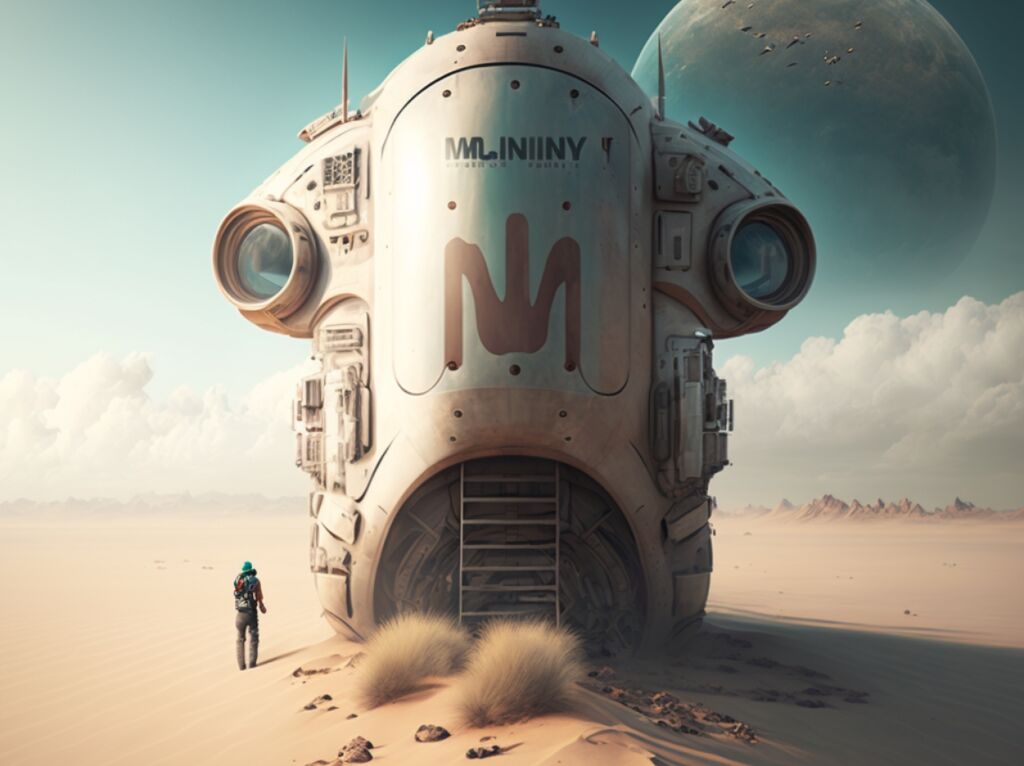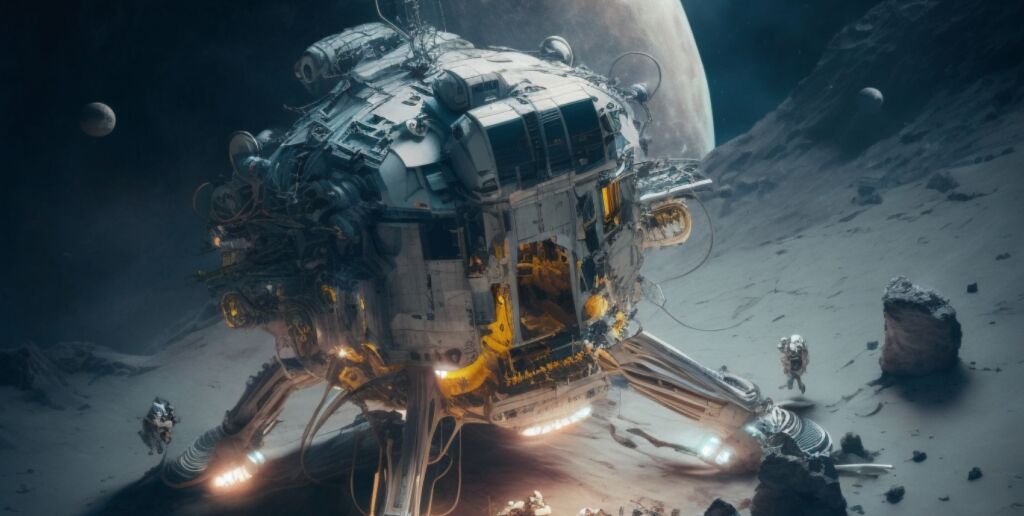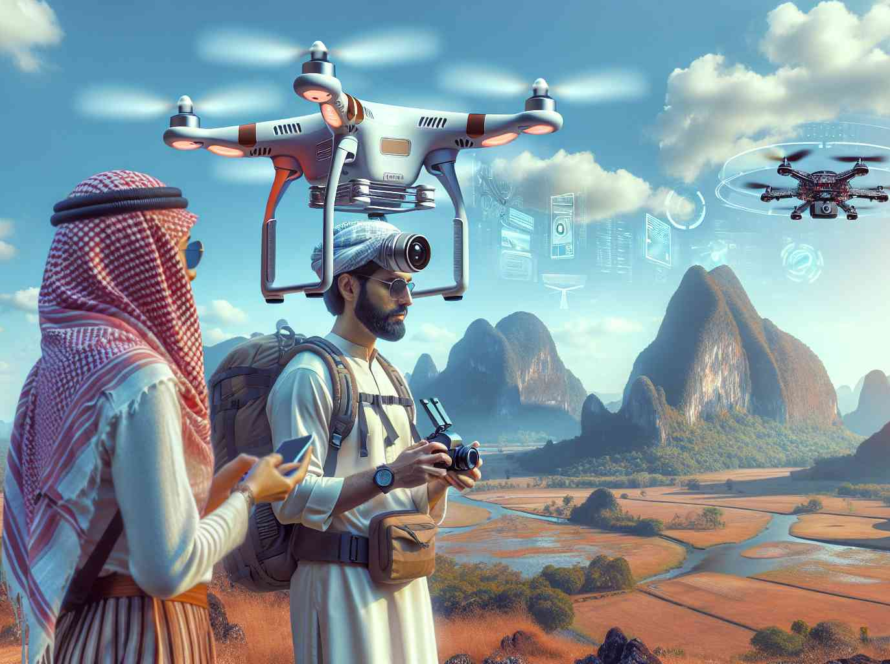

### AI-assisted creation: Combining human creativity with machine intelligence
Artists have always relied on their imagination and skill to create unique and captivating works of art. But with the help of AI, the creative process has reached new heights. AI algorithms can analyze vast amounts of data, learn patterns, and generate original ideas and concepts. This means that artists can now collaborate with AI systems to create art that is truly groundbreaking.
For example, AI-powered tools like DeepArt and Google’s DeepDream have gained popularity among artists and art enthusiasts. These tools use AI algorithms to transform ordinary images into stunning pieces of art, mimicking the style of famous artists like Van Gogh or Picasso. By combining the creative input of human artists with the computational power of AI, these tools enable artists to explore new artistic possibilities and create art that pushes the boundaries of traditional art forms.
### Enhancing artistic techniques with AI
AI is not only changing the way we create art but also enhancing traditional artistic techniques. For centuries, artists have used various techniques to capture light, color, and texture in their works. With AI, artists can now use advanced imaging techniques to analyze and manipulate these elements in ways that were previously unimaginable.
For instance, AI algorithms can be trained to recognize and understand different artistic styles and then apply those styles to new artwork. This allows artists to experiment with different styles and techniques without having to spend years mastering them. Additionally, AI can also assist artists in enhancing their artwork by suggesting improvements, such as adjusting the composition or color palette. This collaboration between AI and artists is enabling the creation of art that is both technically impressive and visually stunning.
### The rise of AI-generated art
AI is not only assisting artists but also creating its own art. AI-generated art, also known as computational creativity, is a rapidly growing field that showcases the ability of AI systems to produce original and aesthetically pleasing artwork.
One example of AI-generated art is the creation of art pieces using Generative Adversarial Networks (GANs). GANs consist of two neural networks: a generator and a discriminator. The generator creates new images or artworks, while the discriminator evaluates and provides feedback. Through an iterative process, GANs can generate highly realistic and visually appealing images that are indistinguishable from those created by humans. This has opened up new avenues for AI to explore its artistic potential and has sparked fascinating debates about the role of AI in the creative process.
The future of art and AI===
As AI continues to evolve and become more sophisticated, the possibilities for its impact on the art world are endless. From assisting artists in their creative process to generating art on its own, AI is reshaping the way we create and appreciate art. While some may argue that AI can never truly replace human creativity, it is undeniable that AI has become an invaluable tool for artists, pushing the boundaries of what is possible. With AI as a collaborator, the art world is sure to witness even more astonishing and innovative creations in the future.




